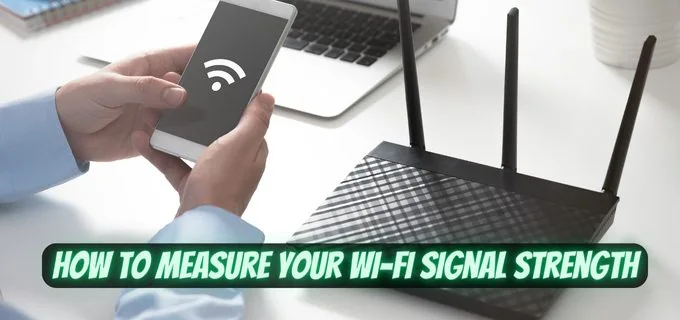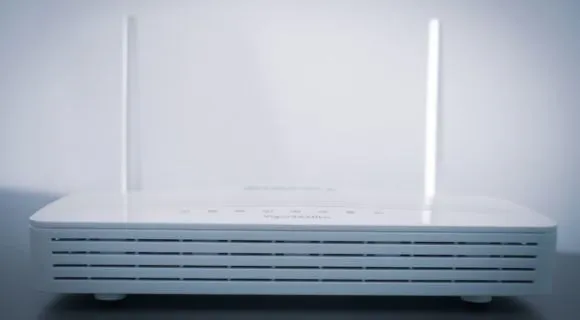
Wi-Fi is the new norm when it comes to internet and communication. From social media, online shopping to movie streaming, there are more than meets the eye when people demand for stable Wi-Fi around the home or office.
Unluckily, we are not equipped with tools that can enable us to see the radio waves carrying that precious internet access. However, we can easily check the signal strength from the routers at certain locations. Further, measuring wifi strength is now a reality with the many available apps. You only need to acquire the right tool, also an affordable one in that matter.
Being able to measure the signal strength is a good thing as it ensures you are always on checks to be sure you get what you are paying for. Some of the best WiFi analyzer apps for Mac in 2023 will help you position your devices appropriately to be able to get the best out of your Wi-Fi all the time. Of course, this positioning is very important to Wi-Fi users as you need the best connectivity for your conference calls or video streams for the best experiences. It is possible to check your Wi-Fi signal strength and we will show you how in this guide.
Is Wi-Fi Strength Same as speed?
No, Wi-Fi strength refers to how strong the radio signal is between the router and your device. With a strong signal, you get better download and upload speeds. The strength also determines its stability.

Generally, Wi-Fi connection strength corresponds to Received Signal Strength Indicator (RSSI). RSSI is measured in decibel milliwatts or dBm. But what is a good WiFi signal strength? Anything, from -50 dBm or higher is a sign of a good Wi-Fi signal. In the section below, we will show you how to measure signal strength together with bonus methods to improve WiFi signal. Read on to learn more.
How to Measure Your Wi-Fi Signal Strength on Windows Computer
Windows computers will show Wi-Fi signal strength on the taskbar. Check the far-right side. You should see four bars representing four different connectivity levels. This is however only a preliminary way to reveal the strength of your connectivity. To get more precise signal strength reading, go to settings, choose “Network & Internet” then select “WiFi.”
Additionally, you can open “PowerShell” utility from the Start menu, type “netsh wlan show interfaces” then hit “Enter.” This will reveal more stats about the network you are connected to. The strength is shown as a percentage and appears near the bottom.
The other way is to use software to measure Wi-Fi signal strength. With the free insider app, you can tell all the networks in range and their dBm readings. The signals are also color coded which makes it easier to read the signal strength even at a glance.
How to Measure Your Wi-Fi Strength on MacOS
If you use Mac computers, you may be wondering how to determine the strength of your Wi-Fi. Like Windows computers and Android phones, Macintosh also shows that familiar Wi-Fi status indicator. It shows three status bars appearing on your menu bar, to the right hand side. How to check WiFi signal strength? The bars represent the strength of your Wi-Fi signal. You can however go farther to reveal more details about the signal strength by tapping on the icon and choosing “Wi-Fi settings.”
To reveal more information about the strength of the Wi-Fi signal you are currently connected to, hold down the Option key and tap the Wi-Fi indicator available on the menu bar. This action will reveal a lot of detail about the Wi-Fi signal including its strength.
Still, you can use a third-party software to measure signal strength. iWifi is a macOS and iOS software for measuring Wi-Fi signal strength. It provides a comprehensive reading for all the networks you are connected to together with all other networks around your Mac.
How to Measure Your Wi-Fi Signal Strength on Android Devices
If you are using Wi-Fin on an Android device, you should be able to see a small Wi-Fi icon on the right side of your status bar. This icon is the first indicator of your Wi-Fi signal strength. The icon is however very small and will not tell you exactly how strong the signal is.
To get more detail, launch Settings on your phone and tap “Network and Internet.” Open “Internet” and click the name of the Wi-Fi network you are connected to. You should be able to see a signal strength reading.
The reading you see may however be a little bleak as it is only labeled as “fair” or “excellent.” For more details, you need a more precise tool such as Wifi Speed Test. Install the app and locate the Access Points tab. You should see all the available Wi-Fi networks along with details about their strength. Besides, the color codes will show you at a glance which networks have the best strength.
The other way you can measure signal strength is through the Time Graph tab. It charts the signal response over time and makes it even easier to see the changes in signal strength as you move with your Android phone. The tool is particularly important in identifying areas with good Wi-Fi strengths and even dead zones which you can avoid.
Poor Signal Strength? Remove Obstacles
Have you concluded your WiFi signal strength test and established that it is insufficient or weak? You could get it fixed. Do not however try to amplify the transmit strength from your access point as this may only sabotage your neighbors or even yourself. Of course, it may also go against user agreements you signed with your WiFi provider. You can also check out the top wifi routers for long range to cover the area better.
It is true that the capacity and performance of your WiFi depends on many other factors other than the signal your access point emits. Try the tricks below to improve your WiFi signal performance.
- Move your device closer to the access point
- Ensure the sight between the device and access point is as clear as possible
- Move the access point high up and in front of any nearby obstacle
Wrap Up
Clearly, WiFi strength is the determinant of how fast your work will be done or how efficient that conference call will run. If you want to improve your user experience with WiFi, you should be in a position to measure its strength. With this, you can easily determine the best places to place your gadget within the house or that public place for best signal quality.










